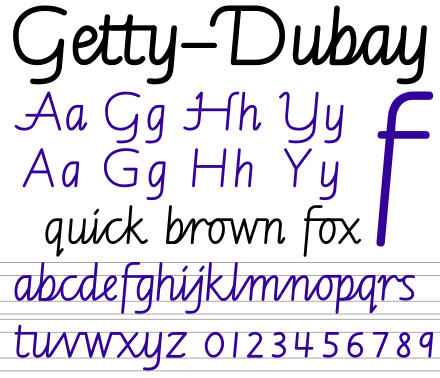 |
| Photo by Bill Slavin |
Right in the middle of a chilly, blue-sky Spring day, I heard the news that a high school friend had passed away. She had had Parkinson's disease for many years, but I was still surprised by her passing. Her death made me think of other people I knew who had come and gone from my life, who died too early, and how random death can be.
She and several friends and I reconnected after our last high school reunion and tried to stay in touch with lunches at our homes and trips to museums. We all raised children, some of us lived overseas for periods of time, some taught school, some traveled extensively, some volunteered in their communities, and some of us became politically active during election seasons. We had different political points of view and activities that might have caused conflict in the group, but we didn't bring up issues that would divide us. Our visits to museums and our memories of our younger school days became the glue that held us together.
We grew up in a suburb of Los Angeles, nestled against Mt. Wilson, known for its racetrack and conservative point of view. For a year in high school in the 60s, we attended classes in Quonset huts because the community turned down an increase in school taxes. The heat and darkness of those tents stayed with me as a reminder of the tenuous support for education found in communities where you would least expect it.
We all left town to broaden our understanding of the world, but we took a piece of the town with us. After high school, our other classmates went to college, trade school, started jobs, or entered the military. We lost friends to the Vietnam War and to breast cancer. Some never came back to reunions, and others were the driving force behind the events. The six of us kept reconnecting at reunions but lost touch when we returned to our busy lives. We decided we needed to do more. We found a common interest in museum exhibits and traveled to MOMA, the deYoung, and Legion of Honor in San Francisco, and to the UC Davis Design Museum.
Of the six of us, there are four left. Thinking of the two who have passed away, I'm reminded of the remembrance board at reunions. The list of people who have died gets longer and longer each time we meet. As the years accumulate, we have fewer opportunities to reconnect with someone else whose life is full of experiences that we could share and who knew us when our own views and experiences were just developing.
.jpeg)




.jpeg)



.jpeg)
%20(1).jpeg)


.jpeg)
.jpeg)



.jpeg)
.jpeg)



